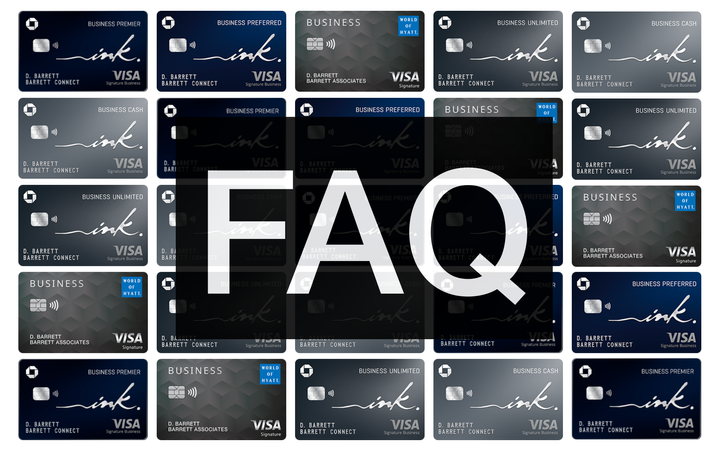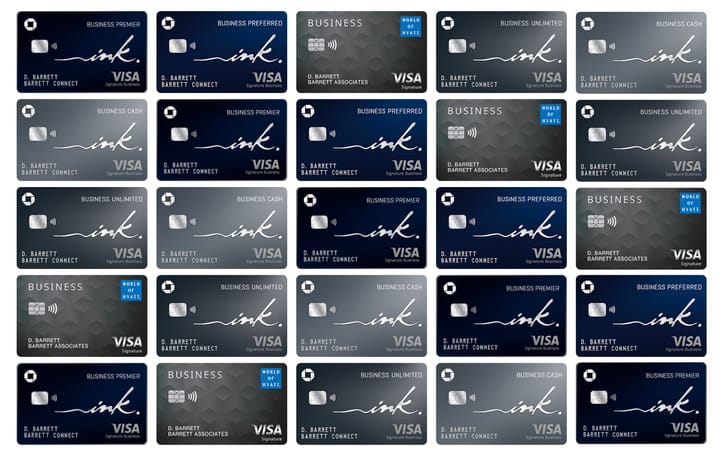The Economics of Credit Card Churning

Is it worth spending hundreds of dollars in annual fees to acquire credit card points?
I'm asked this question all. the. time. My short answer? Overwhelmingly, yes! In the past 18 months, I spent $2,600 in annual fees. Am I crazy? What if I told you that I also acquired 1.5 million points in the process? Enough to fly around the world in business class six times.
This post delves into the economics of credit card churning to explain to you why it's not silly to shell out thousands of dollars in annual fees every year. It unlocks a tremendous amount of value to allow you to fly anywhere in the world you want for extended periods of time.
When thinking about the economics of churning, you need to know two concepts: acquisition cost per point (CPP) and redemption CPP.
Table of Contents
Acquisition CPP
Some cards do not have annual fees. I usually go for these first – who doesn't want free points?! Chase Ink Business cards are great starting cards. They offer a lot of points (90K) in exchange for a reasonable spending requirement ($6K in 3 months). It's easily achievable. It's usually the first business card I recommend to friends who ask for advice. In this case, acquisition CPP is $0/point.
In contrast, the Amex Platinum has a whooping $695 annual fee. They sometimes offer 150K points if you spend $6K in 3 months. How is that even attractive?! Follow along. Let's simplify things and assume you have to pay $695 to acquire these 150K points. The acquisition CPP is a third of a cent ($0.003).
Repeating this exercise with 8 cards from Chase and Amex’s portfolio shows that each point would cost either $0~$0.01/point to acquire.

*It's important to note I might be undervaluing them. I'm not including ancillary benefits like a hotel, entertainment, airline, ride-sharing credits, or Centurion Lounge + Priority Pass access that often come with premium cards.
Now, assuming you spent a bunch of money to acquire these points, do I actually save money when I use them to redeem flights? Or am I just better off paying in cash?
Redemption cost per point
Redemption CPP tells you how much "value" you're getting from an award redemption using points. You just divide the cash price of the flight by the number of points required.
Generally, you want to maximize your value by spending the least points for the most expensive flights. Put your points to work baby!
Let's talk about the LEAST valuable way to redeem your points. That's when you use Chase or Amex's travel portal, and redeem your precious points for flights at 1-1.5 cpp. It's a depressingly low redemption rate. I don't recommend it. Why?

You get the highest redemption CPP when you transfer points to airlines, and redeem flights using miles. CPPs are 7~10 times HIGHER, often between 4-11 cents. It's incredible! The redemption process is more involved – redeeming award flights is like finding jewels in the rough. But when you do, you'll find tremendous value.
For example, an ANA business class flight can cost up to $10K, or 85K ANA miles + $800 in taxes & surcharges. The redemption CPP is an impressive 11 cpp! We calculate this by subtracting taxes and surcharges from the cash cost, and dividing it by miles. Meaning for every 10K points you spend, you're getting almost $1,100 in value!

Remember acquisition CPP? 85K points would've cost you anywhere from $0 to $850. That's about a fraction of the cost of the $10K flight. And remember the Amex or Chase's travel portal? If you had redeemed this flight there, you'd have paid 1,039,000 points. No, thank you.
Lastly, redemption CPPs tend to be highest for business and first class redemptions. I generally recommend aiming for a redemption CPP above 2 cents. You might be able to further maximize CPP by choosing airlines with low taxes and surcharges such as Air Canada.

Funding a lifestyle of business class flights

“Is it really worth it to shell out hundreds of dollars for an annual fee on a premium travel credit card?”
Yes! The benefits far outweigh the costs. In fact, even if you don't care about flying in business at all, that's actually even better for you. Your points will stretch further out into the future as you use them for economy flights. In my next post, I dive into advanced credit card churning techniques that'll help you to earn enough points in 6 months so that you can fly around the world in business class not once, but FOUR times!
Got any questions or comments? Drop them below!



Comments ()